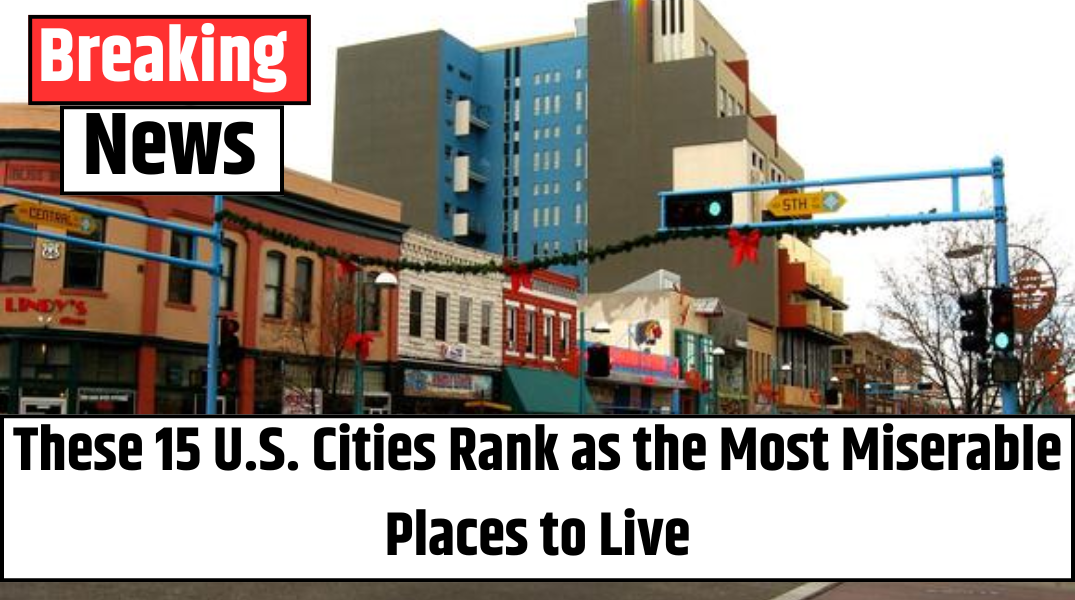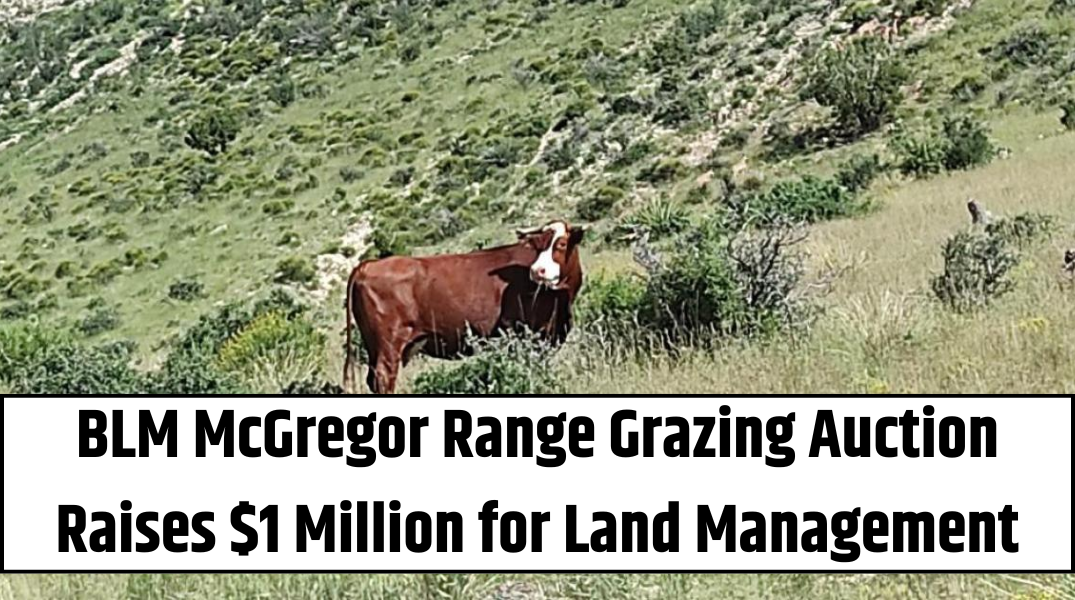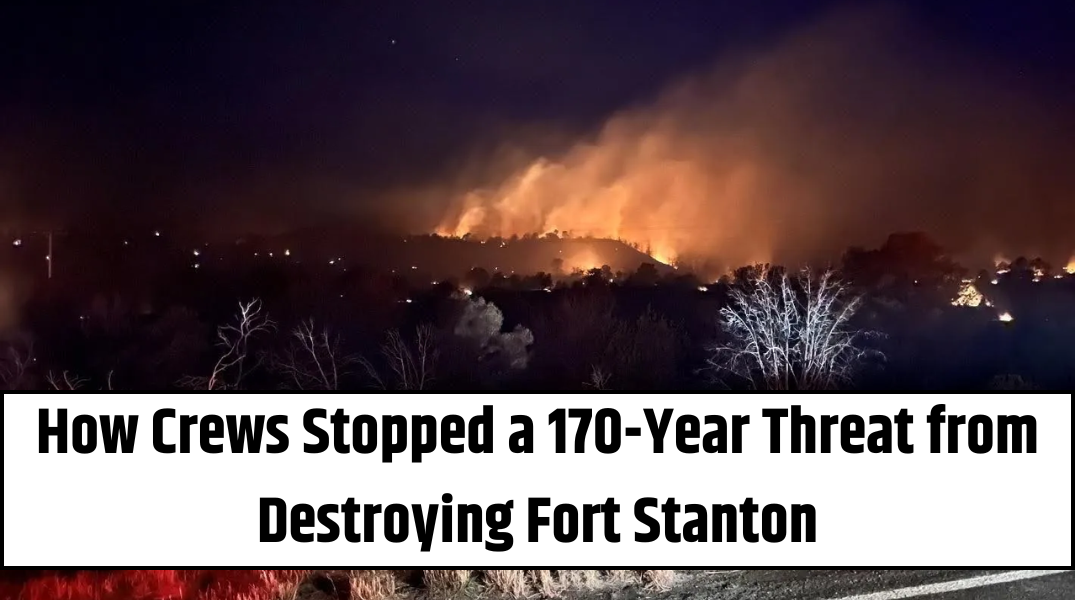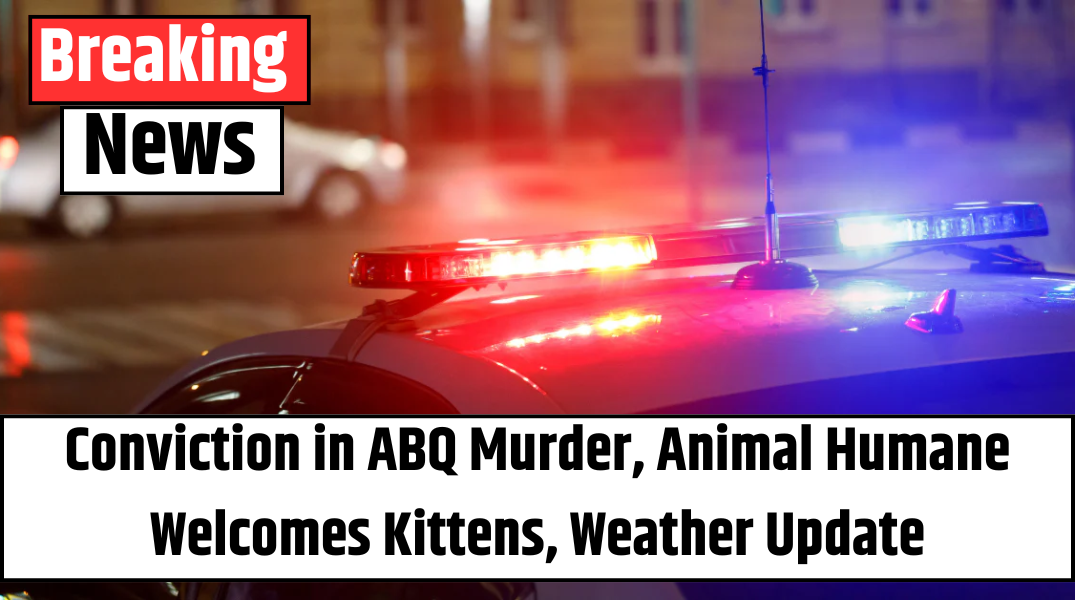Based on the most recent data from the Census Bureau, FBI crime statistics, BLS, American Lung Association scores, and local reporting.
1. Albuquerque, New Mexico
Despite its scenic desert backdrop, Albuquerque struggles with high property crime, economic stagnation, poor public transit, extreme summer heat, and long-neglected neighborhoods.
2. Stockton, California
Since its 2012 bankruptcy, Stockton has battled persistent crime, drug issues, and soaring utility costs—compounded by relentless triple-digit summer heat.
3. Gary, Indiana
Once a booming steel town, Gary now faces severe unemployment, infrastructure decay, one of the highest violent crime rates nationally, and harsh, gloomy winters.
4. Memphis, Tennessee
Plagued by poverty, violent crime, limited transit options, and oppressive summers, Memphis offers few upward mobility opportunities for many residents.
5. Birmingham, Alabama
Economic stagnation, poor air quality from industrial pollution, extreme weather, and few cultural or recreational outlets weigh heavily on life in Birmingham.
Also Read – Tsunami Risk for Pacific Northwest and West Coast After Russian Earthquake
6. Flint, Michigan
Flint’s water contamination crisis shattered public trust and worsened longstanding economic decline—today, jobs remain scarce and despair lingers.
7. Milwaukee, Wisconsin
Bone-chilling winters, rising crime and traffic accidents, limited healthcare access, and unstable employment make Milwaukee a difficult environment to thrive in.
8. St. Louis, Missouri
With soaring violent crime rates, continuing population decline, food deserts, segregation, and volatile weather—St. Louis ranks low for quality of life.
9. Jackson, Mississippi
Frequent boil-water notices, dilapidated infrastructure, chronic school underfunding, limited healthcare, oppressive summer humidity, and rising crime characterize Jackson’s daily grind.
10. Baltimore, Maryland
Despite the state’s overall prosperity, Baltimore grapples with gun violence, political corruption, underserved neighborhoods, and seasonal weather extremes that make life difficult.
11. Shreveport, Louisiana
Chronic flooding, poor local governance, limited job opportunities, and escalating crime rates make Shreveport an increasingly unattractive place to live.
12. Newark, New Jersey
High housing costs, pervasive crime, highway noise, pollution, and scarce safe public spaces make Newark challenging—even for those earning nearby in New York City.
Also Read – Small Child Found Dead in Parking Lot as Police Investigate ‘Horrific’ Crime
13. Cleveland, Ohio
Persistent blight, underemployment, icy winters, weak transit, and limited access to healthcare and grocery stores drive many residents to seek greener pastures.
14. North Las Vegas, Nevada
Hot summers, infrastructure gaps, high unemployment, scant green space, and few local amenities underscore quality-of-life concerns despite proximity to Las Vegas.
15. Anchorage, Alaska
Extreme seasonal darkness, government-/resource-based job markets, mental health and addiction concerns, supply chain issues, and geographic isolation weigh heavily on daily life.
Why These Cities Made the List
Development has stalled, public services are overstretched, economic opportunities are limited, and environmental or climate stress compounds hardship. In many cases, long-standing systemic issues—such as neglect, poverty, or segregation—have persisted and deepened over years or decades.
What Could Help Improve These Cities?
-
Targeted economic investment focused on rebuilding infrastructure and community services.
-
Crime reduction and public safety initiatives informed by local data and community priorities.
-
Transit and mobility upgrades, especially in areas ill-served by public transportation.
-
Community-driven environmental strategies (e.g. air quality improvement efforts, flood control, water infrastructure).
-
Public engagement through surveys, town halls, and neighborhood partnerships to foster trust and ensure accountability.
Final Thoughts
While no city is without challenges, the cumulative effect of systemic issues across infrastructure, governance, climate, and equity leaves everyday life especially trying in these communities. They remind us why equitable investment in public services, safety, and infrastructure matters—not just for attractions or skylines, but for quality of life at its most basic level.





